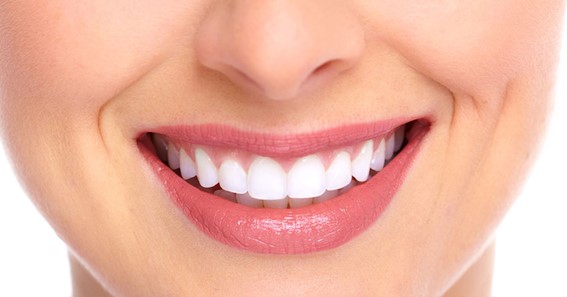Dental implants are a modern and innovative way to replace missing teeth. The implant itself is set in the jaw bone, and the replacement tooth sits on top of it. Dentists are able to create a tooth that is exactly the shape and size that the patient wants it to be. Over time, however, as teeth wear down and decay sets in, a dentist may need to replace an implant with a new one. This is where dental grafting comes into play.
The success rate for implants can vary, depending on different factors such as:
- Type of gum graft used
- The distance between the implant and hard palate
- Quality, age, and health of your jawbone
Therefore, here is a list of the main types of gum grafts that are used in dental implants.
-
Pedicle Gingival Flap
A pedicle gingival flap is a skin graft from the roof of the mouth that is then attached to the soft tissue around the area where the implant sits. The donor site (the roof of the mouth) will heal and reform, leaving you with a naturally appearing gum line. Furthermore, the gingival flap does not interfere with the periodontal ligament and acts as a natural gum graft. Its treatment does not require incisions or sutures.
Here are a few advantages of pedicle gingival graft:
- It is minimally invasive
- No incisions or sutures
- Does not interfere with the periodontal ligament
On the other hand, here are a few disadvantages:
- It requires a cosmetic procedure after surgery
- The donor site will show scars for up to 6 months, and the flap may not take on the shape of your gum line correctly.
Click here – Omnichannel retail trend: Top 5 to spearhead your business
-
Connective Tissue Grafts
A connective tissue graft (CTG) is taken from the edges of the alveolus and underneath the gum line to where it will sit on top of an implant. This leaves a ridge in your gum line and acts as a natural gingival graft. CTGs are similar to pedicle gingival flaps however they have a longer healing period than those flaps, which can give you an “in-patient” look for up to 6 months after surgery. In addition, CTGs are a little more invasive, so they are not always preferred in cases where the patient wants an immediate, as well as an aesthetic, result.
Here are some advantages of CTG:
- It is minimally invasive
- Natural-looking
- Not disruptive to the periodontal ligament
- No incisions or sutures and can be reversed if needed.
On the other hand, here are a few disadvantages:
- It requires a cosmetic procedure after surgery
- Not as long-lasting as a pedicle flap
- The ridge in your gum line may not go away completely if done incorrectly.
-
Free Gingival Grafts
A dentist takes the free gingival graft from the roof of your mouth and attaches it to the gum line. This type of gingival graft does not involve removing any gum tissue and therefore acts as a natural gum graft. Free gingival grafts are similar to CTG in that there is no gum tissue removed; however, the ridge in your gum line will be permanent, giving you an immediate aesthetic result. However, this type of graft is not reversible if you decide to remove it. As well as this, the donor site will still show scars even if the healing period is only 3–6 weeks.
Here are some advantages of free gingival graft:
- Natural-looking
- No gum tissue is removed.
- No incisions or sutures and can be reversed if needed.
- Takes only 3–6 weeks to heal.
- The ridge in your gum line will be permanent.
On the other hand, here are a few disadvantages:
- This graft is not reversible.
- It requires a cosmetic procedure after surgery.
- Long-lasting.
-
Donor Grafts
Donor gingival grafts are tissue taken from the eyelids, lip, or scalp and is then attached to the gum line. These gums can be assigned to perform several functions. For example, a donor gingival graft with some small fibers attached can act as a small flap to cover and protect an implant until it has been completely assimilated into the jawbone. Donor gingival grafts also act as a periodontal ligament grafted onto the implant when needed.
Here are some advantages of donor gingival grafts:
- Can be used to cover and protect an implant until it is integrated into the jaw.
- Acts as a periodontal ligament to help in anchoring the implant.
- No incisions or sutures, so the healing period is shortened.
On the other hand, here are a few disadvantages:
- Takes six weeks to heal
- Donor site will show scars for up to 6 months.
- The graft may not take on the shape of your gum line correctly.
Conclusion
The main types of gum grafts used in dental implants are pedicle gingival flaps and CTG. Both of them have their own advantages and disadvantages. Therefore, it is important to consider all the factors that are involved when deciding on a procedure for your dental implant. With each option, you will get a unique aesthetic result and long-lasting or temporary depending on the conditions of each individual case.
Click here – App protection is critical in today’s society.
To Know Some Great Stuff Do Visit TipsFeed
To Know Some Great Stuff Do Visit TNExams
To Know Some Great Stuff Do Visit TripBates
